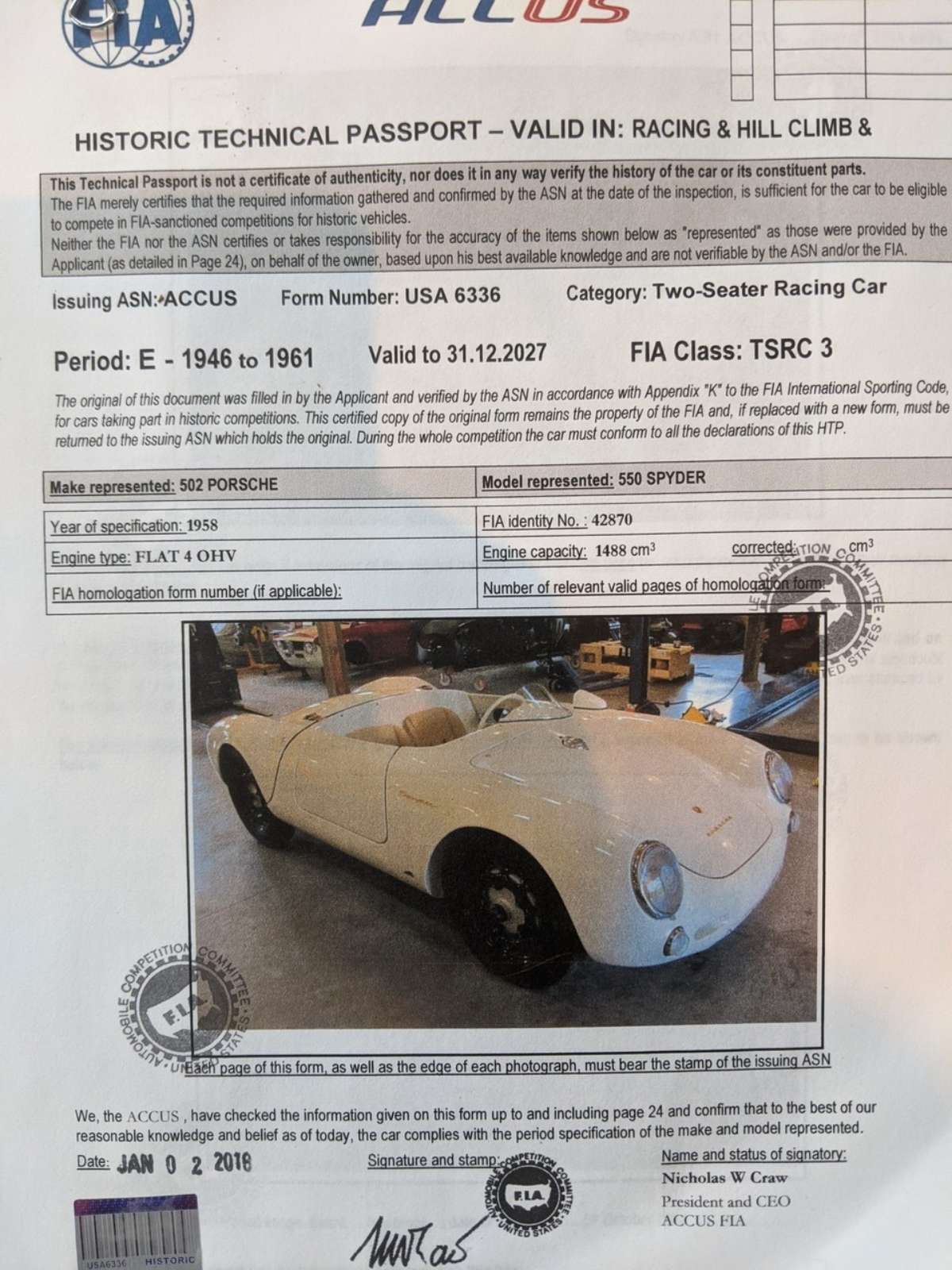

In the same sheet web as the unidentified brown spider was what looked like a dead arachnid. Yummy! (NOTE: If you know a common name or species for any of the "unidentified" spiders on this page, please send an e-mail to INFO.) After paralyzing the prey with a quick injection of poison, the spider wraps up the insect in silk to form a barely living "mummy" that can be revisited and snacked upon at some later time.

When the hapless insect struggles, the spider senses movement and rushes out of its lair to pounce on its next meal. This unidentified arachnid appears to be a sheet-weaver (Linyphiidae) -a type of spider that weaves a relatively flat, dense, horizontal web and lurks at one end until a prey item falls in. Perhaps the most abundant spider we found on siding of the old Hilton Pond farmhouse was a little brown one (above) about 3/8" long from leg tip to leg tip. We own a couple of good spider field guides but still can't identify all the species that occur at Hilton Pond nonetheless, we wanted to share images of several we found in recent weeks on farmhouse white vinyl or in our nearby woods, intending all the while to infect you with an incurable case of arachnophilia-NOT arachnophobia. A walk down our trails in August is painfully slow because we spend so much time going under and around webs, carefully avoiding as many as we can-not because we don't want the sticky silk plastered head to toe but because we respect the effort these industrious little arachnids expend in spinning their snares. Most mornings when we go outside we're immediately covered by cobwebs strung from doorframe to doorframe. Yes, August seems to be spider month in the Carolina Piedmont and our farmhouse IS festooned with miles and miles of spider silk. Come August we're forever encountering one spider after another and stumbling into webs, but we still think everyone should share our good fortune in being surrounded by such fascinating eight-legged creatures.
#ARACHNOPHILIA WEBSITE BUILDER WINDOWS#
Those crevices where siding meets molding provide countless places in which spiders hide by day and from which they spin innumerable webs by night-and NOTHING makes those spider webs more obvious than a background of good ol' white vinyl siding.Īs you might guess, we've just described the situation here at Hilton Pond Center where our white-clad farmhouse is paradise for vast numbers of spiders of all shapes and sizes-spiders that grace our windows and doorways and eaves and attic with an equally diverse assortment of cobwebs and other silken structures (above left). And if your dwelling DOES happen to be an old white farmhouse in the country, by all means be sure the light exterior is NOT the result of easily dirtied white vinyl siding with its inherent cracks and crannies. If its exterior IS light-colored, make sure it ISN'T white. If you DO dwell in an old house, be sure it DOESN'T have a light-colored exterior.

But if you DO live in the country, DON'T occupy a vintage farmhouse. If you THINK you are an arachnophobe-one who has a morbid fear of spiders-do NOT try to live out in the countryside. Meanwhile, here at Hilton Pond I'll try to get back to investigating and sharing the world of nature-something Jackie Hilton encouraged as early as my pre-teen years. Alas, her short-term memory is waning but her family and friends hope she will continue to improve. Following daily 12-hour stints at various health centers in the Carolinas I did manage to return home some evenings in time to trap a few hummingbirds and, more important, can report Jackie is now talking cheerfully and has re-acquired some mobility. Jackie's five children spent extended amounts of time at her bedside, which-in my own particular case-meant there was little time this month for field research, bird banding, photography, or essay-writing. After three craniotomies and more than a month of hospitalization and rehabilitation she has bounced back further than anyone could have expected-thanks to modern medicine, expert care, moral support, resilient DNA, and her sometimes cantankerous refusal to give up. In late July the 87-year-old family matriarch, Eleanor Jacqueline Byars Hilton, took a nasty fall at home, clunked her head, and developed a massive subdural hematoma that robbed her of speech and made her semi-comatose.
#ARACHNOPHILIA WEBSITE BUILDER SERIES#
Note from Bill Hilton Jr.: I regret it has been a while since the last posting of "This Week at Hilton Pond "-my first extended hiatus in more than ten years of this on-going series of nature photo essays.


 0 kommentar(er)
0 kommentar(er)
